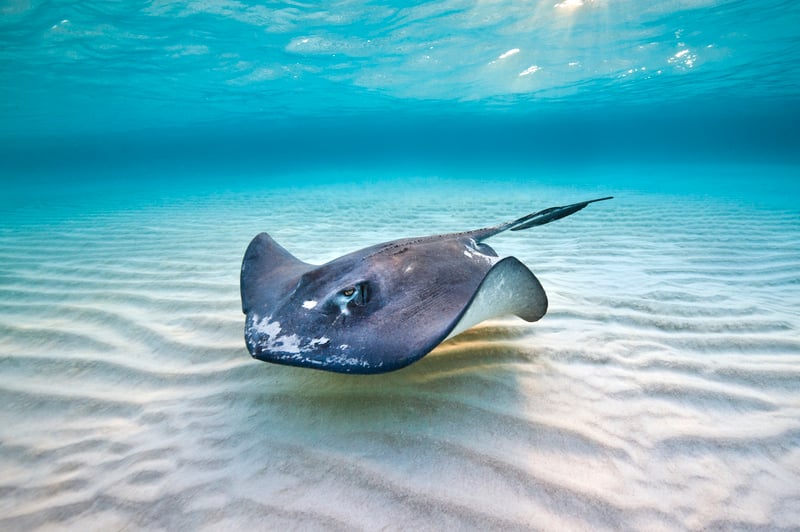
Home to billions of people and wildlife, Planet Earth is also home to some of the most breath-taking landscapes we will ever come to witness. As our climate continues to change rapidly, it’s up to us to protect the vibrancy of these places, along with the communities and wildlife that depend on these environments for their survival. In part three of this series, we continue to explore some of the world’s most exceptional natural environments on the frontlines of climate change, as well as how you can help.
The Amazon
Spanning across eight countries and one overseas territory with 1.4 billion acres of dense forests, and home to some 30 million people and one in ten known species on Earth lies the famed Amazon, the planet’s largest rainforest. Stretching for about 6,400 km, the Amazon river also takes the spot as the world’s second longest river, supplying about one-fifth of the freshwater into the world’s oceans. But the world’s largest rainforest isn’t immune to the accelerating impacts of climate change. Aside from the threat of deforestation, unsustainable economic demands and more, research has indicated that a warmer and drier environment for the region could convert 30 to 60 per cent of the Amazon rainforest into a type of dry savanna, a deep cause for concern given the fact that the massive rainforest plays a major role in maintaining the global and regional climate and the circulation of ocean currents. Here’s how you can do your part to save this amazing rainforest :)

© Adriano Gambarini / WWF Living Amazon Initiative / WWF-Brazil
Eastern Africa Coastal Forests
Running along the coast of eastern Africa from southern Somalia, Kenya, Tanzania down to Maputo in Mozambique, the Eastern Africa Coastal Forests - a belt of lowland forests, constitute a moist ecoregion that has long been isolated by expanses of Miombo woodlands patches, drier savannas and grasslands. In addition to an exceptionally high level of plant and wildlife species native to the ecoregion, the East African Coastal Forests are also a bird-lover’s paradise with more than 633 bird species! However, being a coastal area, the forests are vulnerable to the effects of climate change. Extreme weather events and sea-level rise could potentially disrupt economic activities such as agriculture, tourism, industry and fisheries, affecting the communities dependent on these areas for their livelihoods, while warmer temperatures could increase the occurrence and intensity of future disease outbreaks such as malaria epidemics and also wildfires. To protect this precious ecoregion, WWF aims to develop and implement a strategy for conservation and sustainable management of the regional forests.

© Mauri Rautkari / WWF
Caribbean Islands
What comes to mind when you think about the Caribbean Islands? For many, it’s often associated with the perfect getaway, and while that may be true, this slice of paradise has been experiencing its own set of challenges in recent years. Centuries of deforestation and land clearing have led to a loss of biodiversity and the removal or alteration of much of the original vegetation, a serious issue given the integral role forests play in climate efforts. In addition, climate change and creeping sea levels are threatening the survival of many marine turtle species in Latin America and the Caribbean, as nesting beaches and feeding grounds such as coral reefs and sea grasses disappear. To find out more about the impacts of climate change on marine turtles and other species, click here.

© naturepl.com / Alex Mustard / WWF
While this marks the end of the series, the movement to #ChangeClimateChange continues :) YOU can #MakeYourMark to save the planet’s World Heritage Sites - hit the button below to start making a difference! :)
